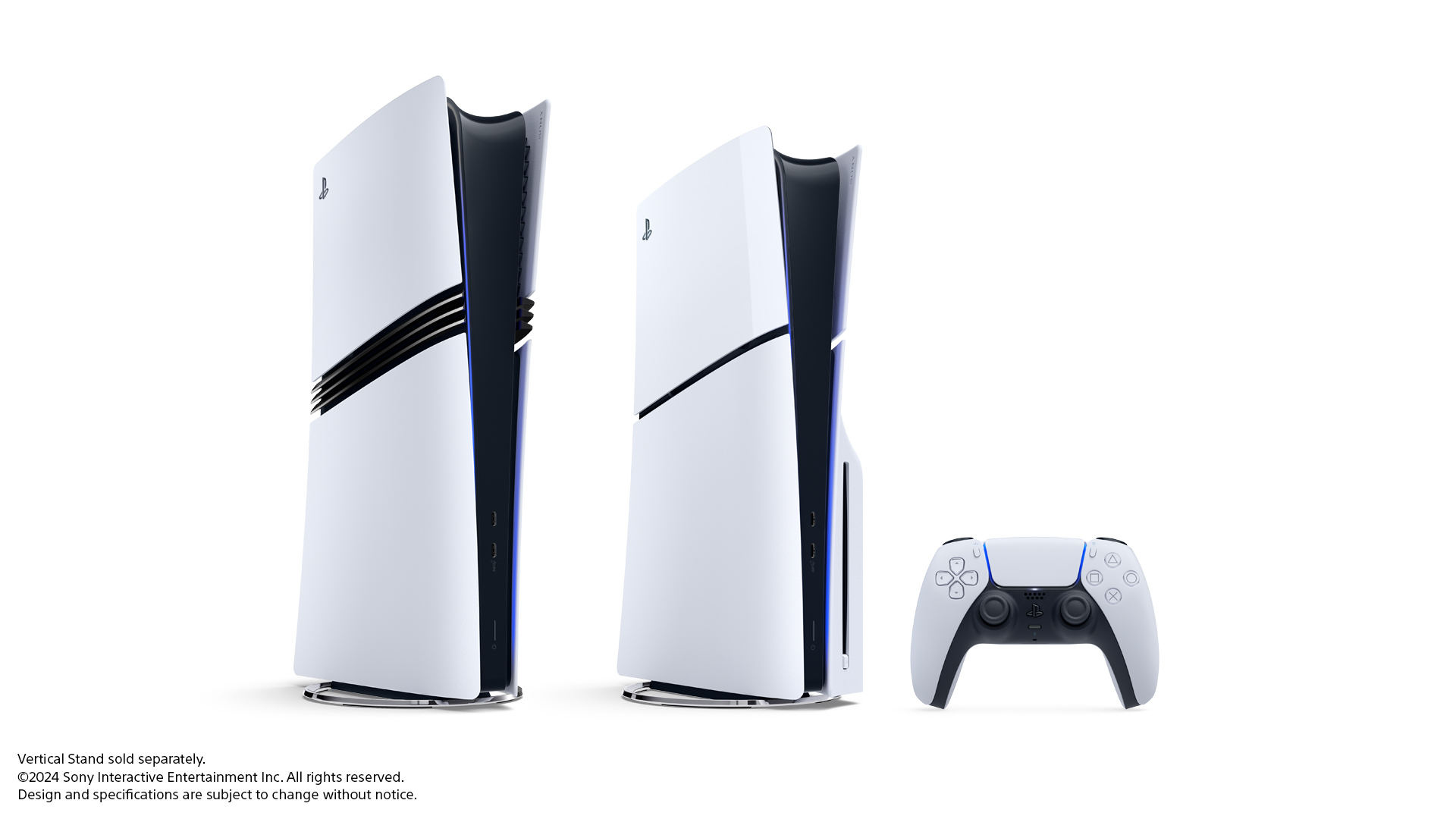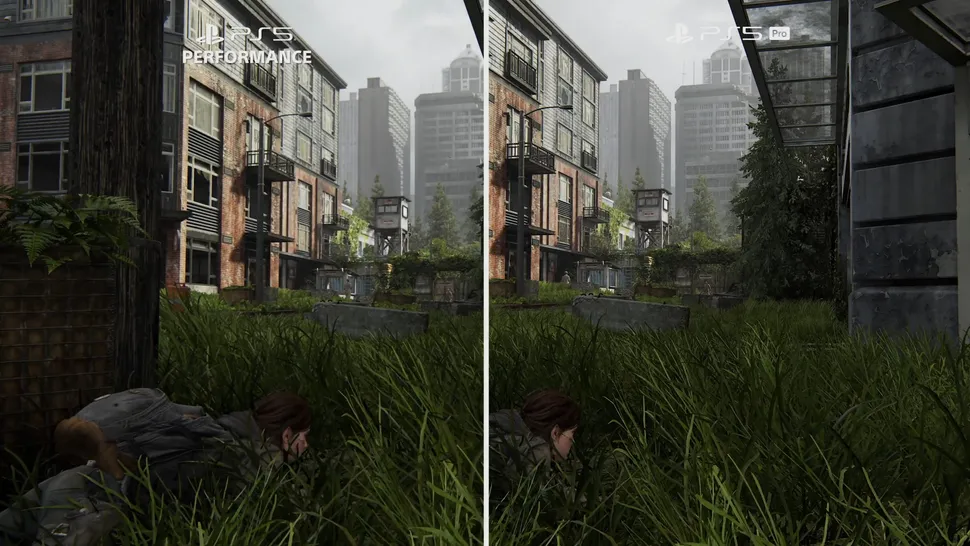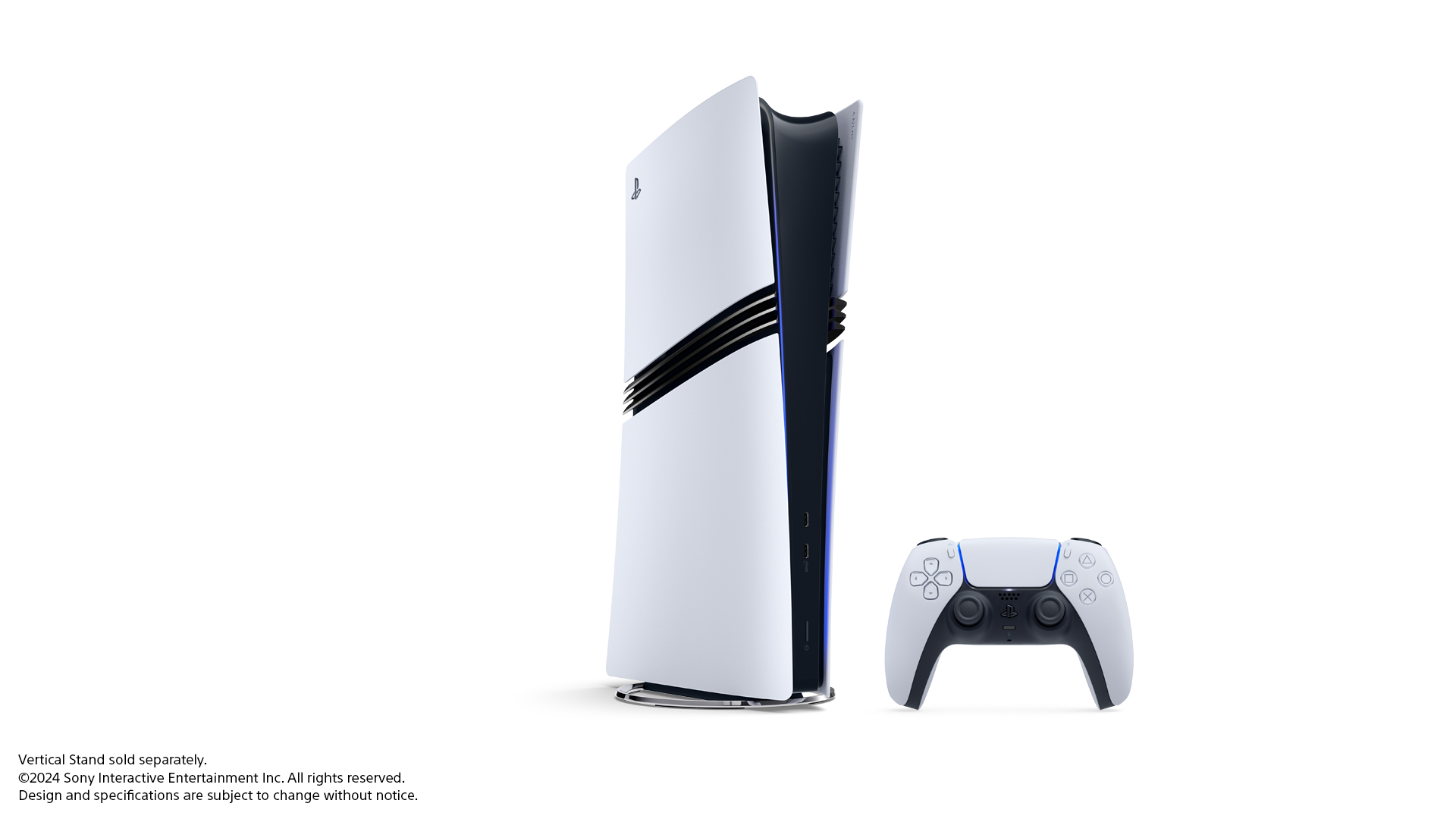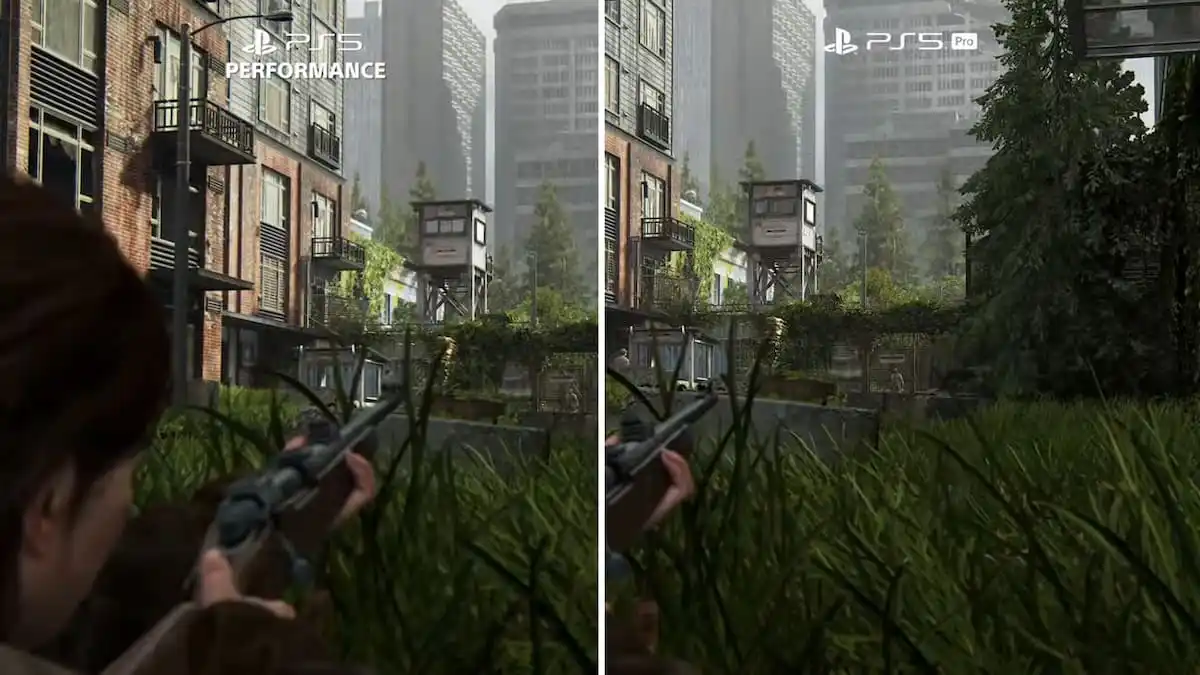Sony’s announcement of the PlayStation 5 Pro, set to release on November 7, 2024, has sparked considerable interest and debate within the gaming community. As a mid-generation upgrade to the PlayStation 5, which was released in November 2020, the PS5 Pro promises enhanced performance and graphical capabilities. This article aims to provide a detailed comparison between the two consoles, examining their specifications, features, performance, and value propositions.

Hardware specifications
GPU (Graphics Processing Unit)
PS5 Pro:
- 67% more Compute Units than the PS5
- Up to 45% faster rendering for gameplay
- Advanced ray tracing capabilities (2-3 times faster than PS5)
PS5:
- Custom RDNA 2 GPU
- 10.28 teraflops of graphics performance
- Ray tracing support
The PS5 Pro’s enhanced GPU is one of its most significant upgrades. With 67% more Compute Units and faster rendering capabilities, it’s designed to handle more complex graphics and maintain higher frame rates at higher resolutions.

CPU (Central Processing Unit)
PS5 Pro:
- Same CPU as the PS5
PS5:
- Custom 8-core AMD Zen 2-based CPU
- 3.5 GHz clock speed
Interestingly, Sony has chosen not to upgrade the CPU for the PS5 Pro. This decision suggests that the current CPU is still considered sufficient for next-gen gaming experiences.
Memory
PS5 Pro:
- 28% faster memory than PS5
PS5:
- 16 GB GDDR6 RAM
While the exact specifications of the PS5 Pro’s memory haven’t been disclosed, the 28% speed increase should contribute to faster load times and smoother performance in memory-intensive games.

Storage
PS5 Pro:
- 2TB SSD
- Expandable storage via M.2 SSD slot
PS5:
- 825GB SSD (newer models have 1TB)
- Expandable storage via M.2 SSD slot
The increased storage capacity of the PS5 Pro addresses one of the most common criticisms of the original PS5, allowing users to store more games without relying on external drives.
Connectivity
PS5 Pro:
- Wi-Fi 7 support
- 2 USB-C ports (front), 2 USB-A ports (rear)
- HDMI 2.1 output
- Ethernet port
PS5:
- Wi-Fi 6 (802.11ax)
- 1 USB-C port, 3 USB-A ports
- HDMI 2.1 output
- Ethernet port
The addition of Wi-Fi 7 support in the PS5 Pro could significantly improve download speeds and reduce latency for users with compatible routers.
Design and form factor
PS5 Pro:
- Similar overall design to PS5
- Diagonal black ribbed vents across the center
- Slightly smaller than the original PS5
- No built-in disc drive (available as $80 add-on)
PS5:
- Distinctive white curved panels
- Available in disc and digital editions
- Larger size compared to PS5 Pro and PS5 Slim
While maintaining a similar aesthetic to the original PS5, the Pro model features some design tweaks, most notably the ribbed vents and the lack of a built-in disc drive. The slightly smaller size may be appreciated by users with limited space for their gaming setup.

Performance and graphics capabilities
Resolution and frame rates
PS5 Pro:
- Targets 4K resolution at 60 fps for most games
- Supports up to 8K output
PS5:
- Capable of 4K resolution, often with lower frame rates or dynamic resolution
- Supports up to 8K output
The PS5 Pro aims to deliver more consistent 4K60 performance across a wider range of games, addressing one of the limitations of the standard PS5.

Ray tracing
PS5 Pro:
- Enhanced ray tracing capabilities (2-3 times faster than PS5)
- More advanced effects possible in real-time
PS5:
- Basic ray tracing support
Ray tracing is one area where the PS5 Pro shows significant improvement. Games can implement more complex lighting, reflection, and shadow effects without as severe a performance hit.
AI upscaling
PS5 Pro:
- PlayStation Spectral Super Resolution (PSSR)
- AI-driven upscaling for enhanced image quality
PS5:
- No dedicated AI upscaling technology
The introduction of PSSR in the PS5 Pro could allow for higher perceived resolutions without the performance cost of native 4K rendering, similar to DLSS on PC.
Game compatibility and enhancements
Both consoles are fully compatible with the PS5 game library. However, the PS5 Pro offers several enhancements:
- PS5 Pro Game Boost: Improves performance for over 8,500 backward compatible PS4 games
- Enhanced Image Quality for select PS4 games
- PS5 Pro Enhanced label for games optimized for the new hardware
At launch, approximately 40-50 games are expected to receive PS5 Pro upgrades, including titles like Marvel’s Spider-Man 2, Gran Turismo 7, Horizon Forbidden West, and Final Fantasy 7 Rebirth.
Virtual Reality support
Both consoles support the PlayStation VR2 headset. However, the PS5 Pro’s increased horsepower may allow for better performance in VR games, potentially enabling higher resolutions or frame rates within the headset.
User experience and software
Both consoles use the same user interface and network services. The core gaming experience remains consistent across both platforms, with the Pro offering enhanced visual fidelity and performance.
Price and value proposition
PS5 Pro:
- $699.99 USD (£699.99 GBP, €799.99 EUR, ¥119,980 JPY)
- Disc drive sold separately for $80
PS5:
- $499.99 USD for disc edition
- $399.99 USD for digital edition
The $200 price difference between the base PS5 and the PS5 Pro is significant, especially considering the Pro doesn’t include a disc drive by default. This pricing strategy positions the Pro as a premium option for enthusiasts rather than a mainstream upgrade.
Target audience and market positioning
The PS5 Pro seems to be targeting several specific groups:
- High-end enthusiasts who want the best possible console gaming experience
- Users with 4K TVs who want to take full advantage of their display’s capabilities
- Early adopters who always want the latest technology
- New PlayStation buyers who are entering the ecosystem and want the most powerful option available
In contrast, the standard PS5 remains an excellent choice for:
- Casual gamers who are satisfied with current-gen performance
- Budget-conscious consumers
- Those who primarily play less graphically intensive games
Pros and cons
PlayStation 5 Pro
Pros:
- Superior graphics performance
- Better ray tracing capabilities
- AI upscaling for enhanced image quality
- Larger built-in storage
- Wi-Fi 7 support
Cons:
- Higher price point
- No built-in disc drive
- May not be a significant upgrade for all games
PlayStation 5
Pros:
- More affordable
- Still capable of excellent gaming experiences
- Available with built-in disc drive
- Established library of optimized games
Cons:
- Less powerful than PS5 Pro
- Smaller built-in storage
- May struggle with consistent 4K60 performance in demanding games
Expert opinions and market analysis
Mark Cerny, Sony’s lead PlayStation system architect, emphasizes the PS5 Pro’s ability to deliver more nuanced graphical improvements beyond just resolution increases. He notes that developers are creating multiple PS5 Pro modes for their games, allowing for various combinations of visual enhancements and performance targets.
Industry analyst Carolina Milanesi of Creative Strategies suggests that the PS5 Pro might appeal more to newcomers rather than existing PS5 owners, similar to previous mid-generation upgrades like the PS4 Pro. This perspective aligns with Sony’s strategy of using the Pro model to attract new customers to the PlayStation ecosystem.
Conclusion
The PlayStation 5 Pro represents a significant step up in terms of graphical capabilities and performance potential compared to the standard PS5. Its enhanced GPU, faster memory, and AI upscaling technology provide a foundation for more visually impressive and smoother-running games. However, the $200 price premium and lack of included disc drive may limit its appeal to hardcore enthusiasts and those new to the PlayStation ecosystem.
For existing PS5 owners, the decision to upgrade will largely depend on individual priorities. Those with high-end 4K TVs who demand the best possible visual experience may find the upgrade worthwhile. Casual gamers or those primarily interested in Sony’s exclusive titles may find that the standard PS5 continues to meet their needs admirably.
Ultimately, the introduction of the PS5 Pro demonstrates Sony’s commitment to pushing the boundaries of console gaming technology. As developers become more familiar with the new hardware, we can expect to see increasingly impressive games that take full advantage of the Pro’s capabilities, potentially widening the gap between it and the standard PS5 over time.
The PS5 Pro is not a new console generation, but rather a refined and more powerful iteration of the current generation. Its release ensures that the PlayStation platform remains competitive with high-end gaming PCs and sets the stage for even more ambitious games in the future.